PoE2 Is Slipping Away From What Made It Great — Here’s How It Can Still Transcend
|
I’ve been playing ARPGs since they could barely run on a screen. My first real exposure was Diablo 3—not the deepest game in the genre, but for all its flaws, it gave me that moment where I felt powerful. Where my build finally clicked and became mine.
But even Diablo 3 lost that spark. Power turned into numbers. Identity turned into set bonuses. The grind replaced the growth. That’s the same danger PoE2 is drifting toward. And I want it to escape that fate more than almost anything in gaming right now. This isn’t a rant. It’s a redesign.Not a demand. A reflection. Here’s what I believe is going wrong—and how GGG could turn PoE2 into not just a good game, but the most legendary ARPG ever built. The Power Disconnect Players don’t mind challenge. They don’t even mind dying.But they do mind feeling like they have no control over their identity, power fantasy, or build expression. Right now, PoE2 starts with restriction instead of discovery. It slows down progress instead of fueling it. The campaign is slow. The skill tree is shallow. Endgame feels hollow. And worst of all? It doesn’t feel like the game remembers who you are. What’s Not Working (From a Design Perspective) Combat is sluggish and lacks feedback Enemy health bloat makes early acts feel dull Endgame lacks novelty and emotional payoff Performance is inconsistent across setups Class archetypes feel blurred Skill tree is overloaded with flat numbers and empty paths Player reward pacing is flat, especially for new or creative builds A New Direction — Systemic Rebuild Here’s what would reignite the PoE2 identity.Not by copying PoE1, but by going further. 1. Power Should Feel Like a Story Make every build feel like a myth in motion.Progression should reflect who the player is becoming, not just what they equip. 2. Rethink the Skill Tree As Three Layers Instead of one linear tree, PoE2 could implement a three-layer progression model: -Core Tree – Anchored in class identity and primary stats. This defines who you are at the foundation. -Weave Tree – Focused on mechanical synergy, unique effects, and custom playstyle interactions. -Memory Tree – Evolves based on your in-game behavior. The more you dash, cast, block, or bleed, the more the tree adapts to you. This would turn builds into journeys, not checklists. The system would evolve with the player. 3. Make Creative Builds Viable -Boost weird synergies (fire + bleed, curse + movement, etc.) -Stop nerfing every strong idea—balance by lifting underused ones -Let players invent combos that feel personal 4. Fix the Campaign Flow -Lower early mob HP by 30–40% -Unlock real build shaping by Act II -Add momentum-driven rewards (clear faster, loot better) 5. Stability Before Expansion -Fix animation + input lag -Prioritize responsiveness, even over visuals -Ensure console + PC parity 6. Tie Power to Aesthetics -Let fire builds glow -Let curse builds darken your aura -Let fast builds blur at high stacks -This stuff matters. It makes your build feel real. 7. Embrace Player Freedom Again PoE1 became iconic by saying: "Here. Break the system. If you do, we’ll learn something." PoE2 can be even better by saying: "Here. Shape it. Grow it. Make it yours." If GGG Does This... PoE2 won’t just be better than PoE1.It’ll be something no ARPG has ever attempted: -A myth of your build -A system that reshapes itself to the player -A game where the tree isn’t static—it’s alive I believe broken systems aren’t the end. They’re the invitation. Let’s see who’s listening this time. Last bumped on Jun 14, 2025, 3:57:12 PM
|
|











